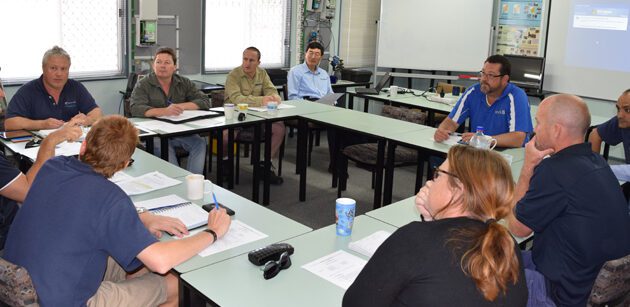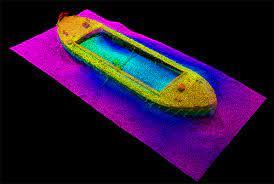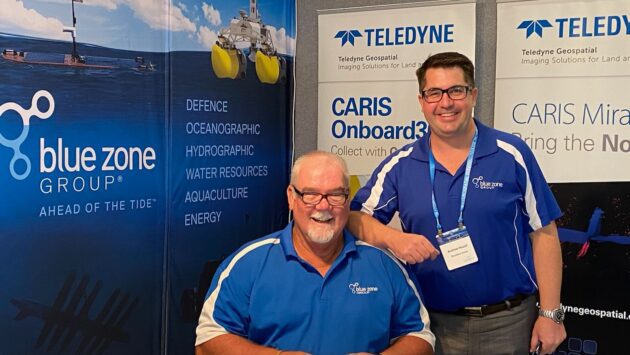Deepsea and DGO
Deepsea and DGO
Hollywood director James Cameron secretly built the Deepsea Challenger submarine in Sydney for his voyage to the planet’s deepest point, 11 kilometres underwater to the Mariana Trench between New Guinea and Japan. The Deepsea Challenger submarine used the very latest technology and was built by a team of engineers in Sydney including Australian Ron Allum who designed the vessel.
The Deepsea Challenge team recognised the critical impact of a reliable electrical system to support power and communications during the dive. An electrical hull penetrator functions by providing an insulated pass-through of electrical power and communication from the pilot control center to several elements of the vessel, including sensors, sonars, life support and cameras.
The Deepsea Challenge team selected a submarine hull penetrator assembly with 26 #20 gauge conductive pins from Teledyne DGO to provide a high pressure electrically insulating seal to power these critical systems. Teledyne DGO has decades of experience providing electrical submarine hull penetrators to the US Navy with no known failures to date, giving the team the confidence in the reliability of the technology. The penetrator for the Deepsea Challenger was required to function pressures up to 16,500psi at 11 kilometres below the ocean’s surface.
 |
| The body of the Teledyne DGO penetrator is made from corrosion resistant alloy K500 and utilizes glass to metal seals between the body and the #20 conductive pins. To ensure the performance of the penetrator prior to the dive, the penetrator assembly was tested at the factory to 20,000psi in a hyperbaric tank. In addition, multiple electrical tests were performed to verify the integrity of the insulation. |




